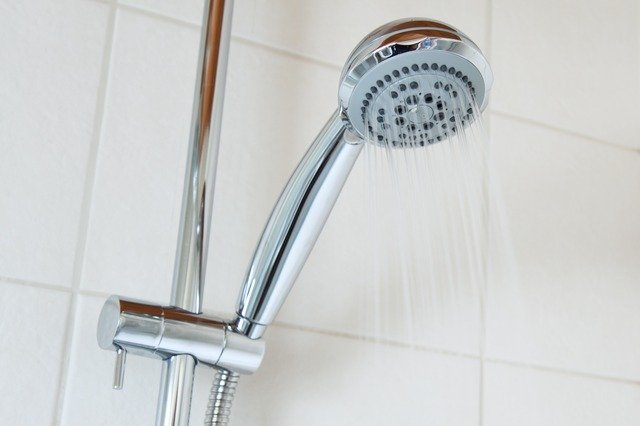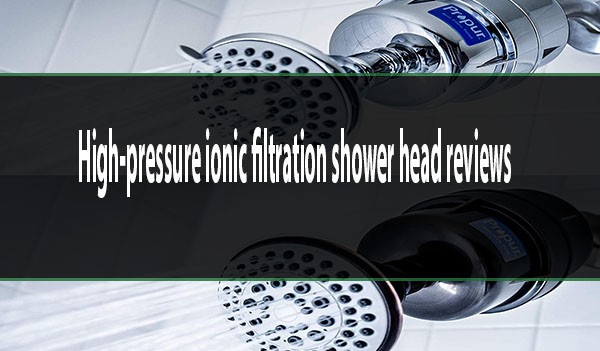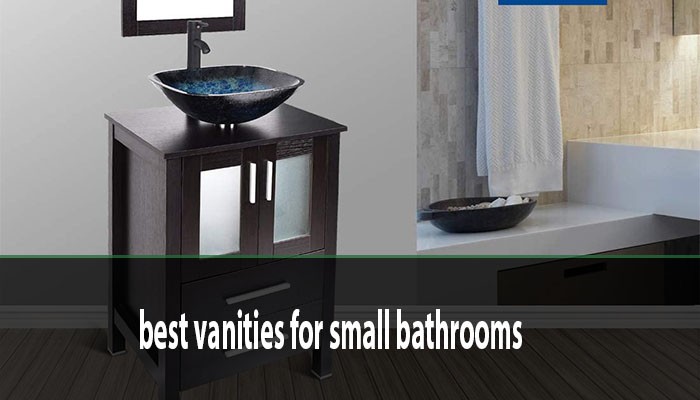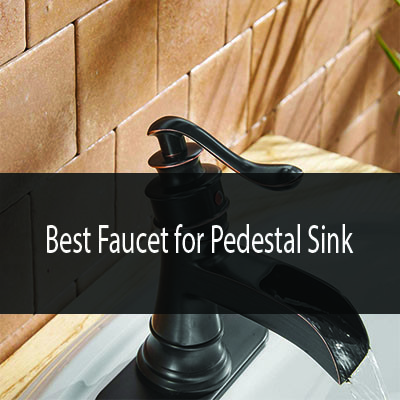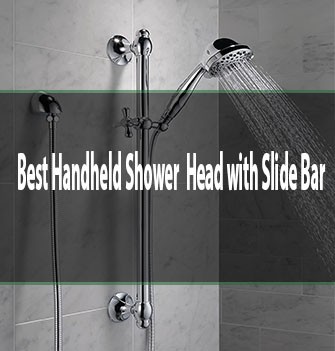Water conservation is more important than ever, especially as we face increasing environmental challenges. One of the most effective ways I’ve discovered to save water without sacrificing comfort is by using low-flow showerheads. In this guide, I’ll share how to save water with low-flow showerheads that still feel great, ensuring you enjoy a refreshing shower while being eco-friendly.
By the end of this article, you'll understand the benefits of low-flow showerheads, how they work, and how to choose the best one for your needs. Plus, I’ll provide practical tips on maximizing your shower experience while saving water. So, let’s get started!

Source: www.amazon.com
Table of Contents
What Are Low-Flow Showerheads?
Low-flow showerheads are designed to restrict water flow while maintaining a satisfying shower experience. They typically use 2.5 gallons per minute (GPM) or less, compared to traditional showerheads that can use up to 5 GPM. This reduction in water usage can lead to significant savings on your water bill and help conserve a precious resource.
Benefits of Low-Flow Showerheads
- Water Conservation: By using less water, you contribute to the preservation of our environment.
- Cost Savings: Lower water usage translates to lower water bills, which can add up over time.
- Energy Efficiency: Using less hot water reduces energy consumption, leading to lower utility bills.
- Improved Pressure: Many modern low-flow showerheads are designed to maintain water pressure, providing a satisfying shower experience.

Source: www.highsierrashowerheads.com
How Low-Flow Showerheads Work
Low-flow showerheads utilize various technologies to reduce water flow while maintaining a strong spray. Here are some common methods:
- Aeration: This technique mixes air with water, creating a misty spray that feels fuller while using less water.
- Flow Restrictors: These devices limit the amount of water that can pass through the showerhead.
- Pressure Compensating: Some low-flow showerheads are designed to adjust the flow rate based on water pressure, ensuring a consistent experience.
Choosing the Right Low-Flow Showerhead
When selecting a low-flow showerhead, consider the following factors:
- Flow Rate: Look for a showerhead with a flow rate of 1.5 to 2.0 GPM for optimal water savings.
- Spray Patterns: Different showerheads offer various spray patterns, from gentle mist to invigorating massage. Choose one that suits your preferences.
- Ease of Installation: Most low-flow showerheads can be easily installed without professional help.
- WaterSense Certification: Look for showerheads that meet the EPA’s WaterSense criteria, ensuring they use at least 20% less water than standard models.

Source: www.amazon.com
Popular Low-Flow Showerhead Options
Here are some of the top low-flow showerheads that provide excellent performance while saving water:
1. Moen 26100EP Engage Magnetix Handheld Showerhead
Key Features:
- Flow Rate: 1.75 GPM
- Magnetix docking system for easy use
- Six spray settings for a customizable experience
Pros:
- Easy to install
- Versatile spray options
- Stylish design
Cons:
- Higher price point compared to basic models
- Some users report issues with magnet strength
Ideal Users:
Perfect for those seeking flexibility and style in their shower experience.
2. Delta Faucet 75152 Water-Efficient Showerhead
Key Features:
- Flow Rate: 2.0 GPM
- H2Okinetic technology for a luxurious feel
- Easy installation
Pros:
- Maintains water pressure
- Great spray coverage
- Affordable
Cons:
- Limited spray settings
- Some users may prefer a more powerful spray
Ideal Users:
Best for budget-conscious consumers looking for efficiency without sacrificing comfort.
3. Kohler K-22169-G-CP Forte Showerhead
Key Features:
- Flow Rate: 1.75 GPM
- Sleek, modern design
- Adjustable spray settings
Pros:
- High-quality construction
- Excellent water pressure
- Easy to clean
Cons:
- Higher initial cost
- Limited color options
Ideal Users:
Great for those who appreciate design and performance in their bathroom fixtures.
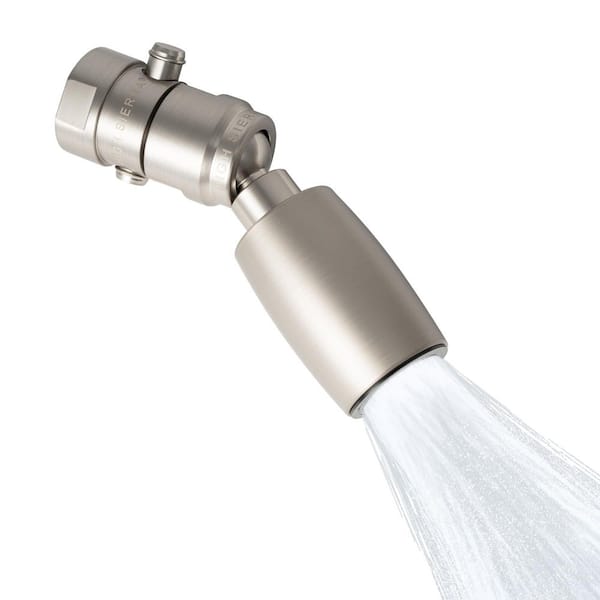
Source: www.homedepot.com
Setting Up Your Low-Flow Showerhead
Installing a low-flow showerhead is a straightforward process that most people can handle on their own. Here’s how I did it:
- Gather Your Tools: You’ll need an adjustable wrench and some plumber’s tape.
- Remove the Old Showerhead: Use the wrench to unscrew the existing showerhead from the wall arm.
- Clean the Threads: Wipe down the threads of the wall arm to remove any old tape or debris.
- Apply Plumber’s Tape: Wrap plumber’s tape around the threads of the wall arm to ensure a watertight seal.
- Install the New Showerhead: Screw the new low-flow showerhead onto the wall arm by hand, then tighten it gently with the wrench.
- Test for Leaks: Turn on the water and check for leaks. If you notice any, tighten the connection slightly.
Tips for a Great Shower Experience
To maximize your enjoyment while using a low-flow showerhead, consider these tips:
- Adjust the Temperature: Preheat the water to your desired temperature before stepping in to avoid wasting water.
- Limit Shower Time: Aim for showers of 5-10 minutes to conserve water.
- Use a Shower Timer: A timer can help you keep track of your shower duration and encourage you to stay within your limits.
- Experiment with Spray Settings: Many low-flow showerheads offer multiple settings. Find the one that feels best for you.

Source: www.amazon.com
Addressing Common Misconceptions
Many people have misconceptions about low-flow showerheads. Here are a few common ones, along with the facts:
Misconception 1: Low-Flow Showerheads Don’t Provide Enough Pressure
Reality: Modern low-flow showerheads are designed to maintain water pressure, ensuring a satisfying shower experience. Technologies like pressure compensation and aeration help achieve this.
Misconception 2: They Are Too Expensive
Reality: While some models may have a higher upfront cost, the long-term savings on your water and energy bills often outweigh the initial investment.
Misconception 3: They Are Complicated to Install
Reality: Most low-flow showerheads can be easily installed by homeowners without professional assistance.

Source: www.homedepot.com
Frequently Asked Questions
1. Do low-flow showerheads really save water?
Absolutely! Low-flow showerheads can reduce water usage by 20-60%, depending on the model and your previous showerhead.
2. How do I know if my showerhead is low-flow?
Check the flow rate, usually indicated on the showerhead itself. If it’s above 2.5 GPM, it’s likely not a low-flow model.
3. Can I install a low-flow showerhead myself?
Yes! Most low-flow showerheads come with easy installation instructions and can be set up without professional help.
4. Will I feel a difference in water pressure?
You may notice a difference, but modern low-flow showerheads are designed to provide a satisfying experience despite using less water.
5. How often should I replace my showerhead?
It’s a good idea to replace your showerhead every 5-10 years, or sooner if you notice a decrease in performance or increased leaks.

Source: www.amazon.com
Conclusion
Switching to a low-flow showerhead is a simple yet effective way to save water while still enjoying a great shower experience. By understanding how low-flow showerheads work and selecting the right one for your needs, you can contribute to water conservation efforts without sacrificing comfort.
I encourage you to take action today—consider upgrading your showerhead and start enjoying the benefits of water savings. If you have any questions or want to share your experiences, feel free to leave a comment below.
For more information, check out this helpful video on how to save water with low-flow showerheads:

